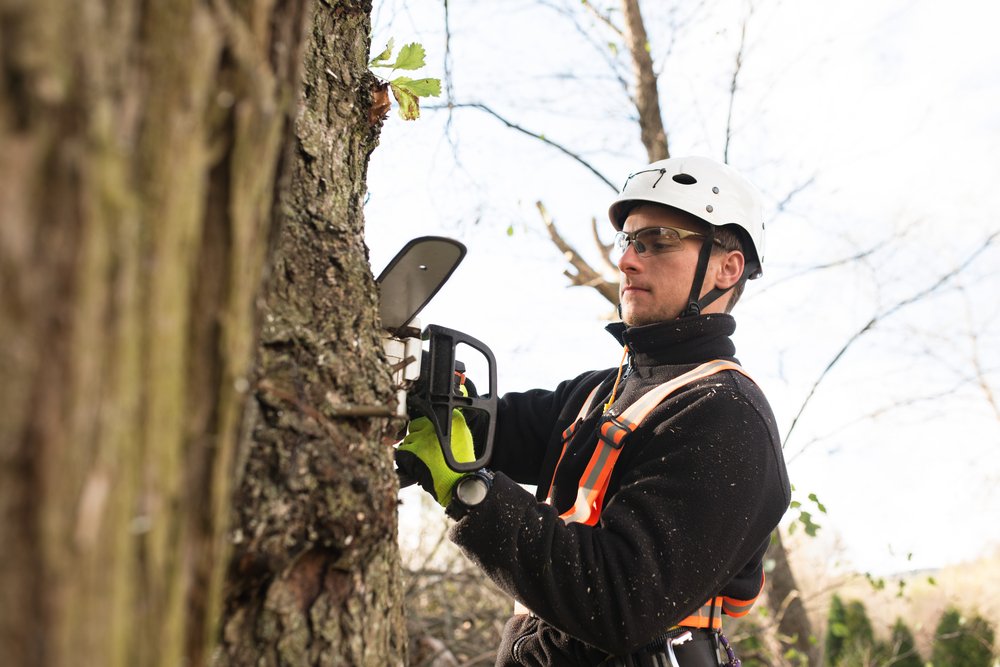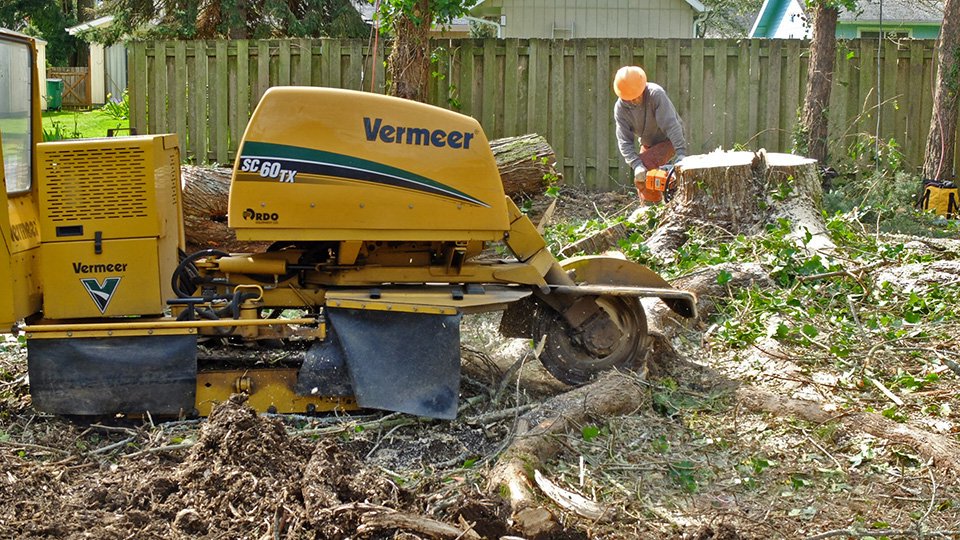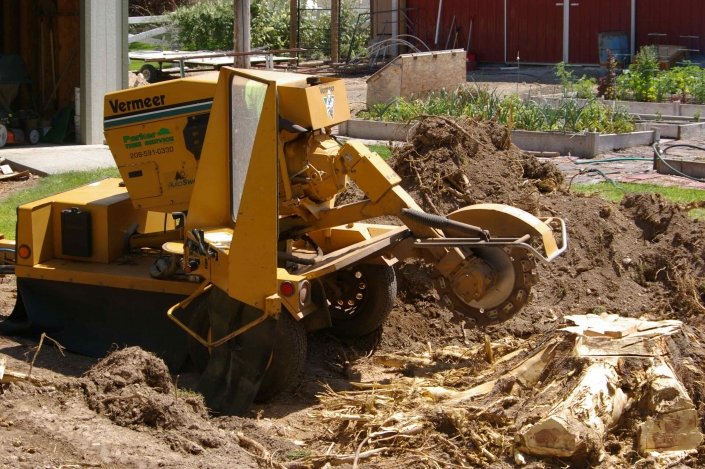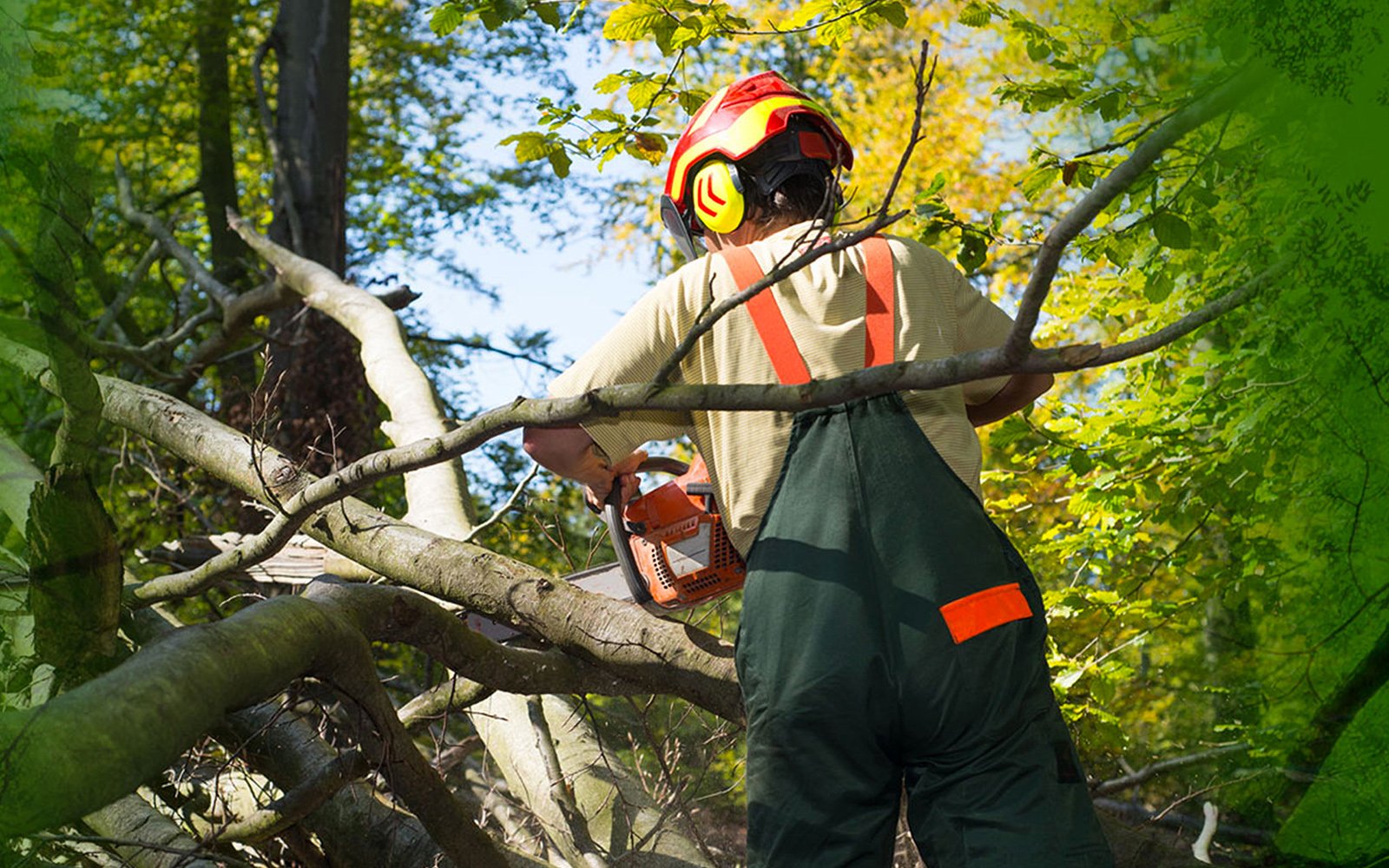[ad_1]
Having the proper tool to use on your yard is essential to the success of your home renovation project. Whether it’s for landscaping, trimming trees or building fences, a Tree Lopper can help you get the job done. It’s a versatile tool that offers several features, including telescoping, gearing, and bypass. It can also help you save time, as it’s compact and lightweight.
Compound action
Using a Compound Action Tree Lopper can help you get the job done in a flash. With a top notch tool you’ll have more oomph than a jackhammer in no time. Compound action Tree Lopper has a slew of features that includes a chain driven saw and a fully heat treated teflon coated cutlery steel blade. The Compound Action Tree Lopper is a sexy little tyke with a lot of heart. The 14′ Compound Action Tree Lopper can handle the big flies. The Compound Action Tree Lopper has a hefty price tag but it’s no slouch. The Compound Action Tree Lopper has many advantages over its predecessor. Its lightweight Fiberglass pole telescopes to 14′. The Compound Action Tree Lopper comes with a weather resistant Polypropylene pull rope.
Geared
Whether you are trimming a small tree or cutting dead branches, a geared tree lopper can be a useful tool. These loppers provide excellent cutting power by maximizing the leverage of the blade. The geared design allows you to cut branches thicker than you would with a standard lopper.
There are many loppers to choose from. Some are extendable and come with telescopic handles, which are ideal for pruning branches from a distance. Others are ratcheting. Each type of lopper has a different design, but all offer cutting capabilities. The blades are typically made from steel. Lopper blades should be of high quality and should be kept clean.
Loppers are made from high carbon steel, which is heat-treated to increase its strength. This allows them to last longer and maintain a sharp edge. The blades are also easy to sharpen.
Ratcheting
Using a ratcheting tree lopper is an efficient way to cut thick branches. The ratcheting action increases the cutting force and reduces the pressure needed to make a clean cut.
Some models have adjustable telescoping handles. This feature makes the tool easier to use and more comfortable to hold. Some models also have built-in shock absorbers. These are a good feature to have when performing intensive landscaping tasks.
The EZ Kut G2 Ratcheting Lopper has a high-quality steel blade and pronounced teeth on one side. This blade is non-slip and provides a good grip on green wood. It also comes with a smooth plate on the other side for protection against bark and trunk side cuts.
Fiskars heavy duty loppers are made from hardened bypass steel. They are ideal for tackling branches up to two inches thick. These loppers are also built with a low friction coating to prevent rust.
Telescoping
Using a telescopic tree lopper can be a useful and enjoyable pastime. It provides extra reach for those hard to reach branches, while providing a convenient way to tidy up those cluttered areas in your garden. Some telescopic models even have an attachable saw, which can be re-purposed for smaller tidy ups.
The best telescopic tree lopper models are made from durable and lightweight alloy steel. They boast a couple of cool tricks including a telescopic handle that can be extended from 1.37 metres to 2.5 metres, and a rope operated saw blade that is perfect for cutting thicker branches. The telescopically able handles offer an ergonomic design that will give you a good grip on those hard to reach branches.
There are several different types of telescoping tree lopper on the market, some of them are so-called “high-end” models, while others are more affordable. They come in a variety of shapes and sizes, and are a great investment for those looking to hone their pruning skills.
Bypass
Using the right tree lopper can make pruning a lot easier. Whether you are pruning small branches or large, choosing the right tree lopper can make the job easier. But before you decide on which tree lopper to buy, there are some things to consider. This buyer’s guide will tell you how to find the best tree lopper for your needs.
One of the best features of bypass loppers is their versatility. These tools can be used to cut living, dead, or overgrown plants. The blades are sharpened and are designed to make clean cuts. They are also very durable. Some can even be resharpened.
Another feature to look for is ergonomic grips. Ergonomic grips are designed to make it easy for you to position your fingers. They are also intended to minimize arm and wrist fatigue. Some loppers also have shock-absorbing handles. The right grips can make pruning easier.
[ad_2]



